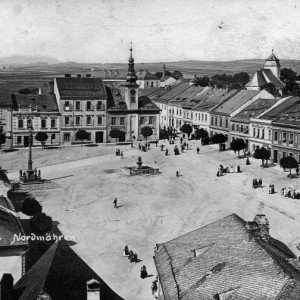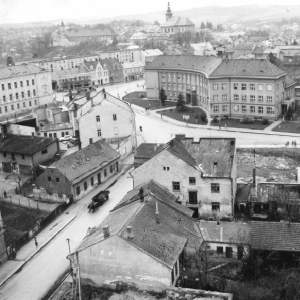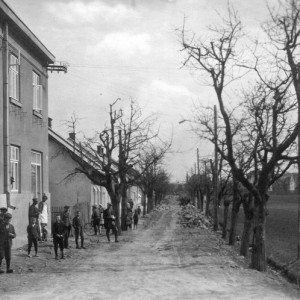History
The first written reference to the settlement of Zabreh can be found in a document dating to 1254. Approximately twenty years later it is even possible to speak about Zabreh as about a town. A long series of aristocratic owners have come and gone through the centuries. The arrival of the Silesian´s Tunkl family was the most significant one for Zabreh. While the famous era of the Tunkl´s family brought many conflicts and grievances, they stayed in the town for several generations. They focused mainly on the regulation of rivers and the building of ponds. However, the Obornik Pond is the only one which can be found in the town today. Several centuries later, the construction of the railway from Olomouc to Prague was had a great importance, especially for the economic boom in the region. After 1845 Zabreh became an important railway station. The station´s importance grew with the completion of the Sumperk´s branch in 1871. Ancient stone monuments have been silent witnesses of the hustle and bustle of the town over the centuries. One of the most famous monuments is the parish Church of St. Bartholomew, which was standing there before the town was founded in the middle of the 13th century. Five centuries later it had to be demolished because of its poor construction condition, however it was rebuilt, this time into the French Imperial style. The dominats of the main square are the late-Baroque fountain from 1829 and Plague column which was built in 1713 to express gratitude that the town was spared from the plague. St. Barbara´s church from 1772 is undoubtedly worth mentioning too. The history of this structure is in fact much older, dating back to the 15th century. A genuine curiosity – not only as a document of town period architecture – is the ancient Pod Podloubim House (The House Under the Arcades). Among other things, it is the family house of Magdalena Vizovska, a native of Zabreh, who was also the first wife of Jan Amos Komensky. The building is currently a museum. In addition to valuable documents which enable visitors to look back into the town´s eventful history. The museum has an exhibition of Jan Eskymo Welzl´s life, another famous native, whose name went far beyond the frontiers of the region.
















